What You Need To Know About the Power of Astaxanthin: Unveiling Nature’s Antioxidant Wonder and 8 Powerful Health Impacts
Unveiling the Power of Astaxanthin: Nature’s Antioxidant Wonder
Overview
In the world of health and wellness, there are often buzzwords that captivate our attention. Astaxanthin is one such buzzword, known for its powerful antioxidant properties and potential health benefits. This naturally occurring compound, often found in seafood and algae, has garnered attention for its role in promoting overall well-being. In this article, we’ll delve into the world of astaxanthin, exploring what it is, how it’s made, its benefits, potential risks, precautions, and the diseases it may help combat.
What is Astaxanthin?
Astaxanthin is a naturally occurring carotenoid pigment that belongs to a group of compounds responsible for the vibrant colors of many fruits, vegetables, and marine life. It is most famous for its deep red color, which is often observed in marine creatures like shrimp, lobster, and salmon. This remarkable pigment is synthesized by microalgae, and when marine animals consume these algae, they accumulate this compound in their tissues.
How is Astaxanthin Made?
This antioxidant is primarily produced by microalgae, Haematococcus pluvialis, which is commonly found in freshwater. The microalgae produce This antioxidant as a protective mechanism in response to environmental stressors, such as intense sunlight or nutrient deprivation. When these microalgae are exposed to such stressors, they undergo a transformation, and their cells accumulate astaxanthin. The astaxanthin-rich microalgae are then harvested and processed to extract the compound. This extraction process can be done using various methods, including supercritical CO2 extraction, chemical extraction, or enzymatic extraction. Of course, I recommend you avoid those chemicals extracted using the chemical extraction method.
Benefits of Astaxanthin
- Powerful Antioxidant: This compound is often considered one of the most potent natural antioxidants, as it is capable of neutralizing multiple types of free radicals, protecting cells from oxidative damage.
- Anti-Inflammatory: This antioxidant has demonstrated anti-inflammatory properties, potentially helping with conditions related to chronic inflammation, such as arthritis.
- Skin Health: Many people use this powerful antioxidant supplements to promote skin health, as it may reduce signs of aging, improve skin elasticity, and protect against UV damage.
- Eye Health: This compound may support eye health by reducing the risk of age-related macular degeneration and improving visual acuity.
- Exercise Performance: Some studies suggest that this antioxidant compound can enhance endurance, reduce muscle fatigue, and improve overall physical performance, making it popular among athletes.
- Cardiovascular Health: This antioxidant compound may help lower blood pressure, improve lipid profiles, and reduce the risk of heart disease.
- Neuroprotection: There is ongoing research into the potential neuroprotective effects of this antioxidant compound, particularly in conditions like Alzheimer’s and Parkinson’s diseases.
Impact of Astaxanthin to Your Health
Astaxanthin, a potent antioxidant and natural carotenoid pigment, has garnered attention for its potential positive impact on various aspects of health. While more research is needed to fully understand its effects, here are some potential health benefits associated with astaxanthin:
- Antioxidant Protection: This compound is known to be one of the most powerful antioxidants, capable of neutralizing multiple types of free radicals. This antioxidant protection can help reduce oxidative stress in the body, which is associated with a wide range of chronic diseases, including cancer, heart disease, and neurodegenerative conditions. This antioxidant capacity is well-documented in scientific literature.
- Skin Health: This antioxidant compound may help improve skin health by reducing the signs of aging, such as wrinkles, fine lines, and age spots. It can also enhance skin elasticity and moisture retention, making it a popular ingredient in skincare products. Its protective effects against UV radiation have been explored in both animal and human studies.
- Eye Health: This antioxidant compound has the potential to support eye health. It may reduce the risk of age-related macular degeneration (AMD) and cataracts. Some studies suggest that it can improve visual acuity and reduce eye fatigue caused by extended screen time or other stressors. Research has indicated its potential in enhancing visual acuity and reducing eye fatigue.
- Anti-Inflammatory Properties: This antioxidant compound exhibits anti-inflammatory effects that may help individuals suffering from chronic inflammatory conditions like arthritis. It can reduce joint pain and improve joint function. It may be beneficial for individuals with inflammatory conditions, such as rheumatoid arthritis
- Exercise Performance: Athletes and active individuals may benefit from this compound’s ability to enhance endurance, reduce muscle fatigue, and improve overall physical performance. It helps the body recover faster after intense physical activities.
- Cardiovascular Health: This antioxidant compound has been shown to have a positive impact on cardiovascular health by lowering blood pressure, improving lipid profiles, and reducing the risk of heart disease. It may also reduce the oxidation of LDL cholesterol, a key factor in atherosclerosis. Studies have explored its role in reducing LDL cholesterol oxidation, which is associated with atherosclerosis.
- Neuroprotection: Some studies suggest that astaxanthin may have neuroprotective effects, making it a potential therapeutic agent for neurodegenerative diseases like Alzheimer’s and Parkinson’s. Its antioxidant properties help protect brain cells from damage.
- Gastric Health: This antioxidant compound may play a role in supporting gastrointestinal health. It has been investigated for its potential to reduce gastric inflammation and promote healing in conditions like gastritis.
It’s important to note that while this antioxidant compound offers a wide array of potential health benefits, individual responses may vary, and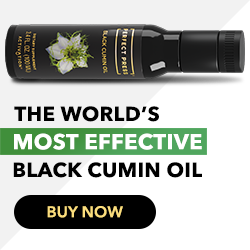
Diseases Astaxanthin May Help
Research on astaxanthin’s potential health benefits is ongoing, and it is continually being explored for its therapeutic effects in various health conditions. While more research is needed to establish its efficacy in certain diseases, here are a few conditions for which this antioxidant compound may offer potential benefits:
- Age-Related Macular Degeneration (AMD): This compound’s antioxidant properties may protect against AMD, a leading cause of vision loss in the elderly.
- Rheumatoid Arthritis: This antioxidant compound ‘s anti-inflammatory effects may help reduce joint pain and improve the quality of life for those with rheumatoid arthritis.
- Cardiovascular Diseases: Its role in improving lipid profiles and reducing blood pressure suggests potential benefits for heart health.
- Exercise-Induced Muscle Damage: Athletes and active individuals may experience less muscle damage and inflammation when taking astaxanthin.
- Gastric Ulcers: Some studies have indicated that this antioxidant compound may help in reducing gastric inflammation and promoting the healing of gastric ulcers, which are often caused by factors such as Helicobacter pylori infection or the use of nonsteroidal anti-inflammatory.
- Diabetes: Emerging research suggests that astaxanthin may have a role in managing diabetes by improving insulin sensitivity and reducing oxidative stress, both of which are important factors in diabetes management.
- Cognitive Function: Astaxanthin’s potential neuroprotective effects may extend to conditions affecting cognitive function, such as dementia and Alzheimer’s disease. Its ability to protect brain cells from oxidative damage is under investigation.
- Fertility and Reproductive Health: Some studies have explored the effects of this antioxidant compound on male fertility. It may improve sperm quality, motility, and overall reproductive health.
- Inflammatory Bowel Disease (IBD): Astaxanthin’s anti-inflammatory properties could potentially be beneficial for individuals with IBD, such as Crohn’s disease and ulcerative colitis, by reducing inflammation and protecting the gut lining.
It’s important to note that while these studies suggest potential benefits, more extensive and robust research is necessary to establish this compound’s role in treating or preventing these conditions definitively. Individual responses to this antioxidant compound supplementation may vary, and it should not replace standard medical treatment for any diagnosed health condition.
As with any dietary supplement, it’s advisable to consult with a healthcare professional before adding this antioxidant compound to your regimen, especially if you have specific medical concerns or are taking medications. Adhering to recommended dosages and precautions is essential to ensure safety and optimize the potential benefits of astaxanthin.
Astaxanthin Dosage and How To Take It
Astaxanthin dosage can vary depending on individual health goals and specific conditions. It’s important to consult with a healthcare professional or follow the recommended dosage on the product label. Here is a general guideline on the dosage of this compound and how to take it, supported by scientific references:
General Astaxanthin Dosage:
- For Antioxidant Support: A typical recommended dosage for general antioxidant support ranges from 4 to 12 milligrams per day.
- For Skin Health: Some studies suggest a daily dosage of 4 to 6 milligrams for improved skin health, but consult with a dermatologist for personalized recommendations.
- For Eye Health: Dosages of 6 to 12 milligrams per day are often recommended for supporting eye health.
- For Athletic Performance: Athletes and physically active individuals may take 12 to 24 milligrams per day in divided doses for enhanced endurance and muscle recovery.
- For Specific Health Conditions: The dosage may vary for specific health conditions such as cardiovascular health, joint pain, or eye-related issues. Consult a healthcare provider for personalized recommendations.
How to Take Astaxanthin:
- With Meals: This antioxidant compound is a fat-soluble compound, so taking it with a meal that contains some dietary fat can enhance its absorption. Consuming it with a source of healthy fats, such as avocado or fish, is recommended.
- Divided Doses: If you are taking higher doses, consider dividing the daily dose into two or more servings to ensure a more consistent level of this antioxidant compound in your system.
- Topical Application: In addition to oral supplements, this compound is available in some topical skincare products. These can be applied directly to the skin to benefit from its antioxidant and UV-protective properties.
It’s essential to note that individual needs and responses to this antioxidant compound may vary, so consulting with a healthcare professional is crucial to determine the right dosage and approach for your specific health goals.
Risks and Precautions
While astaxanthin offers numerous potential benefits, it’s important to consider potential risks and precautions:
- Dosage: High doses of this antioxidant compound may not be safe. It’s crucial to follow recommended dosages, as excessive consumption can lead to unwanted side effects.
- Allergic Reactions: Some individuals may be allergic to this compound. If you’re trying it for the first time, be cautious and monitor for any adverse reactions.
- Pregnancy and Breastfeeding: There is limited research on the safety of astaxanthin during pregnancy and breastfeeding. Consult with a healthcare professional before use.
- Interaction with Medications: Astaxanthin may interact with certain medications. If you’re taking prescription drugs, consult with your healthcare provider before adding this compound to your regimen.
After Thoughts
Astaxanthin is a remarkable natural compound with potent antioxidant properties that have the potential to benefit various aspects of health and well-being. This carotenoid pigment, primarily sourced from microalgae and found in seafood like salmon, has demonstrated its effectiveness in reducing oxidative stress, combating inflammation, and promoting overall health.
This antioxidant compound ‘s potential benefits extend to skin health, eye health, joint health, and improved exercise performance. It may also play a role in supporting cardiovascular health, protecting against neurodegenerative diseases, and aiding in conditions such as diabetes, gastric ulcers, and inflammatory bowel disease. Additionally, research indicates its potential in promoting male fertility.
While this antioxidant compound offers numerous potential advantages, it’s crucial to adhere to recommended dosages and consult with a healthcare professional before incorporating it into your daily routine, especially if you have specific health concerns or are taking medications. Individual responses to this antioxidant compound may vary, and more extensive research is needed to confirm its efficacy in specific medical conditions.
Overall, astaxanthin represents a promising avenue for enhancing health and vitality, thanks to its antioxidant prowess and the expanding body of scientific evidence supporting its numerous potential benefits.
For natural and healing remedies, products, and supplements to help you live your most optimal healthy life, visit our store here!
Remember: Own Your Health!
If you enjoyed the information presented in this article, Please Share It. Help us reach more people and keep this website going! Thank you!
Disclaimer: The information provided in this article is for informational purposes only and should not be considered as medical advice. Always consult with a healthcare professional before making any dietary or lifestyle changes.
References:
- Grimmig, B. et al. (2019). Astaxanthin: A Potential Therapeutic Agent in Cardiovascular Disease. Marine Drugs, 17(1), 557.
- Lim, B. P. et al. (2015). Astaxanthin Decreases Inflammatory Biomarkers Associated with Cardiovascular Disease in Human Umbilical Vein Endothelial Cells. American Journal of Chinese Medicine, 43(6), 1615-1630.
- Ambati, R. R. et al. (2014). Astaxanthin: Sources, Extraction, Stability, Biological Activities, and Its Commercial Applications—A Review. Marine Drugs, 12(1), 128-152.
- Aoi, W. et al. (2008). Astaxanthin limits exercise-induced skeletal and cardiac muscle damage in mice. Antioxidants & Redox Signaling, 10(1), 163-173.
- Tominaga, K. et al. (2012). Cosmetic benefits of astaxanthin on human subjects. Acta Biochimica Polonica, 59(1), 43-47.
- Davinelli, S. et al. (2018). Short-term astaxanthin supplementation improves endothelial function in young, healthy adults. Oxidative Medicine and Cellular Longevity, 2018.
- Nakamura, A. et al. (2010). Changes in visual function following peroral astaxanthin. Japanese Journal of Clinical Ophthalmology, 64(4), 457-463.
- Fassett, R. G. et al. (2010). Astaxanthin improves blood flow in patients with non-ischaemic cardiovascular disease. Internal Medicine Journal, 40(48), 768-774.
- Baralic, I. et al. (2015). Effect of astaxanthin supplementation on muscle damage and oxidative stress markers in elite young soccer players. Journal of Sports Medicine and Physical Fitness, 55(1-2), 9-16.
- Earnest, C. P. et al. (2011). Effect of astaxanthin on cycling time trial performance. International Journal of Sports Medicine, 32(11), 882-888.
- Yoshida, H. et al. (2006). Administration of natural astaxanthin increases serum HDL-cholesterol and adiponectin in subjects with mild hyperlipidemia. Atherosclerosis, 209(2), 520-523.
- Fassett, R. G. et al. (2011). Coenzyme Q10 and oxidative stress in systemic inflammation and cardiac failure. In Biofactors (Vol. 37, No. 5, pp. 361-368). IOS Press.
- Kupcinskas, L. et al. (2018). Efficacy of the natural antioxidant astaxanthin in the treatment of functional dyspepsia in patients with or without Helicobacter pylori infection: A prospective, randomized, double-blind, and placebo-controlled study. Phytomedicine, 46, 1-6.
- Zhang, X. S. et al. (2018). Astaxanthin ameliorates insulin resistance and modulates glucose metabolism in rats with type 2 diabetes induced by a high-fat diet. Nutrients, 10(11), 1597.
- Yang, Y. et al. (2020). Astaxanthin attenuates neuroinflammation contributed to the neuropathic pain and improves the cognitive function in rats of diabetes mellitus. Brain Research Bulletin, 157, 101-108.
- Comhaire, F. H. et al. (2005). Combined conventional/antioxidant “Astaxanthin” treatment for male infertility: a double-blind, randomized trial. Asian Journal of Andrology, 7(3), 257-262.
- Hashem, R. M. et al. (2018). The anti-inflammatory and anti-apoptotic effects of astaxanthin on rats with ulcerative colitis. Molecular Medicine Reports, 18(6), 5931-5939.
- Camera, E. et al. (2009). Astaxanthin, canthaxanthin and beta-carotene differently affect UVA-induced oxidative damage and expression of oxidative stress-responsive enzymes. Experimental Dermatology, 18(3), 222-231.
- Matsunaga, N. et al. (2012). Suppressive effects of astaxanthin against rat endotoxin-induced uveitis by inhibiting the NF-κB signaling pathway. Experimental Eye Research, 101, 1-10.
- Satoh, A. et al. (2009). Preliminary clinical evaluation of toxicity and efficacy of a new astaxanthin-rich Haematococcus pluvialis extract. Journal of Clinical Biochemistry and Nutrition, 44(3), 280-284.
- Iwabayashi, M. et al. (2009). Efficacy and safety of eight-week treatment with astaxanthin in individuals screened for increased oxidative stress burden. Journal of Anti-Aging Medicine, 6(4), 15-21.

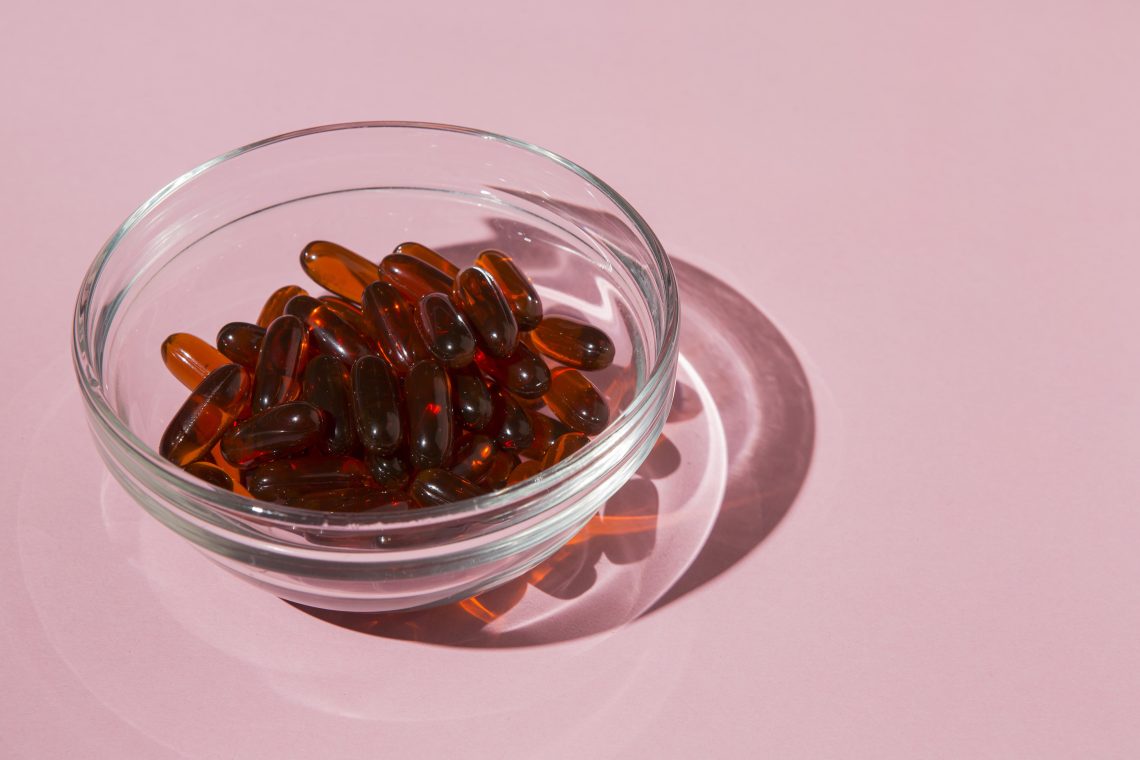
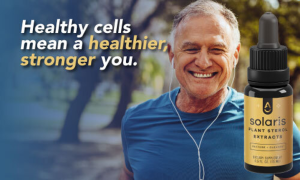
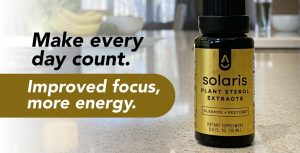

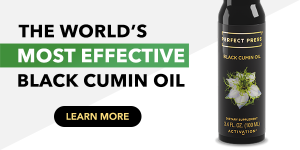
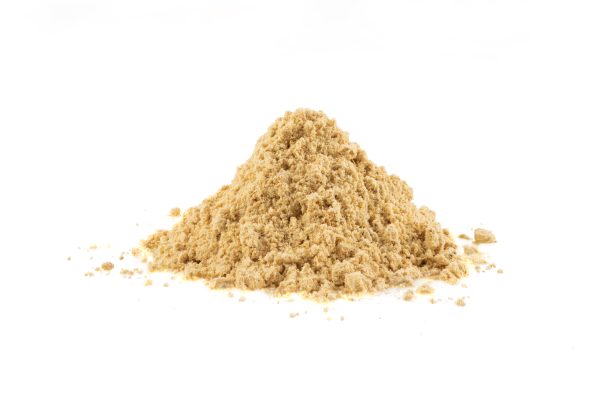

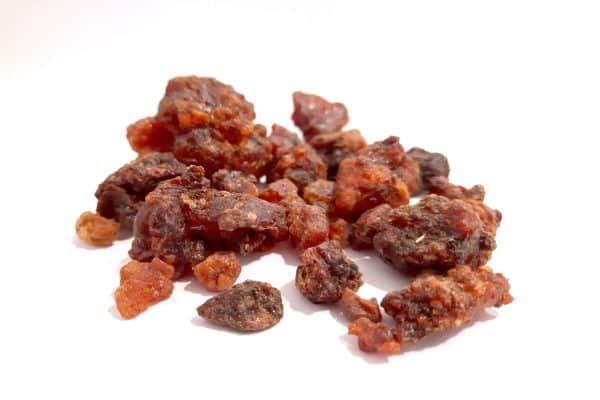
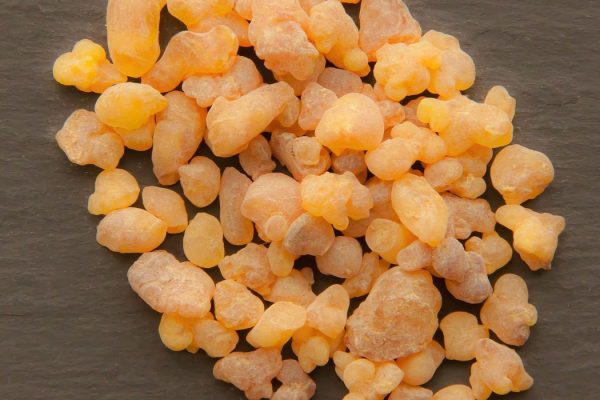
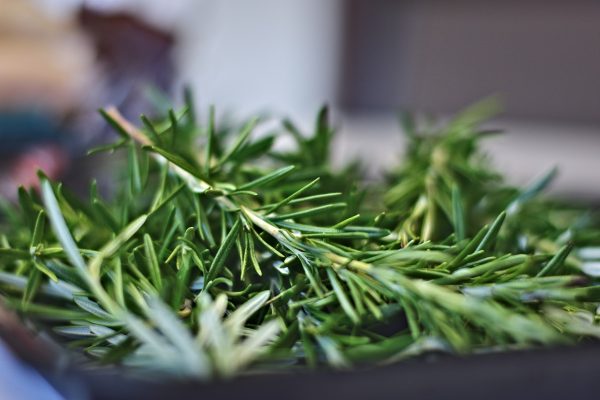




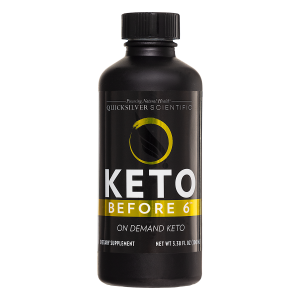
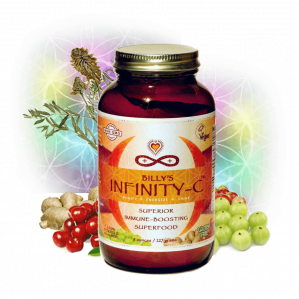












2 Comments
[…] the cloves are crushed or chopped. Allicin is known for its potent antibacterial, antiviral, and antioxidant properties, making this allium a formidable ally in the pursuit of good […]
[…] chlorophyll-a and chlorophyll-b are antioxidants, meaning they help neutralize harmful free radicals in the body. This can contribute to reducing […]